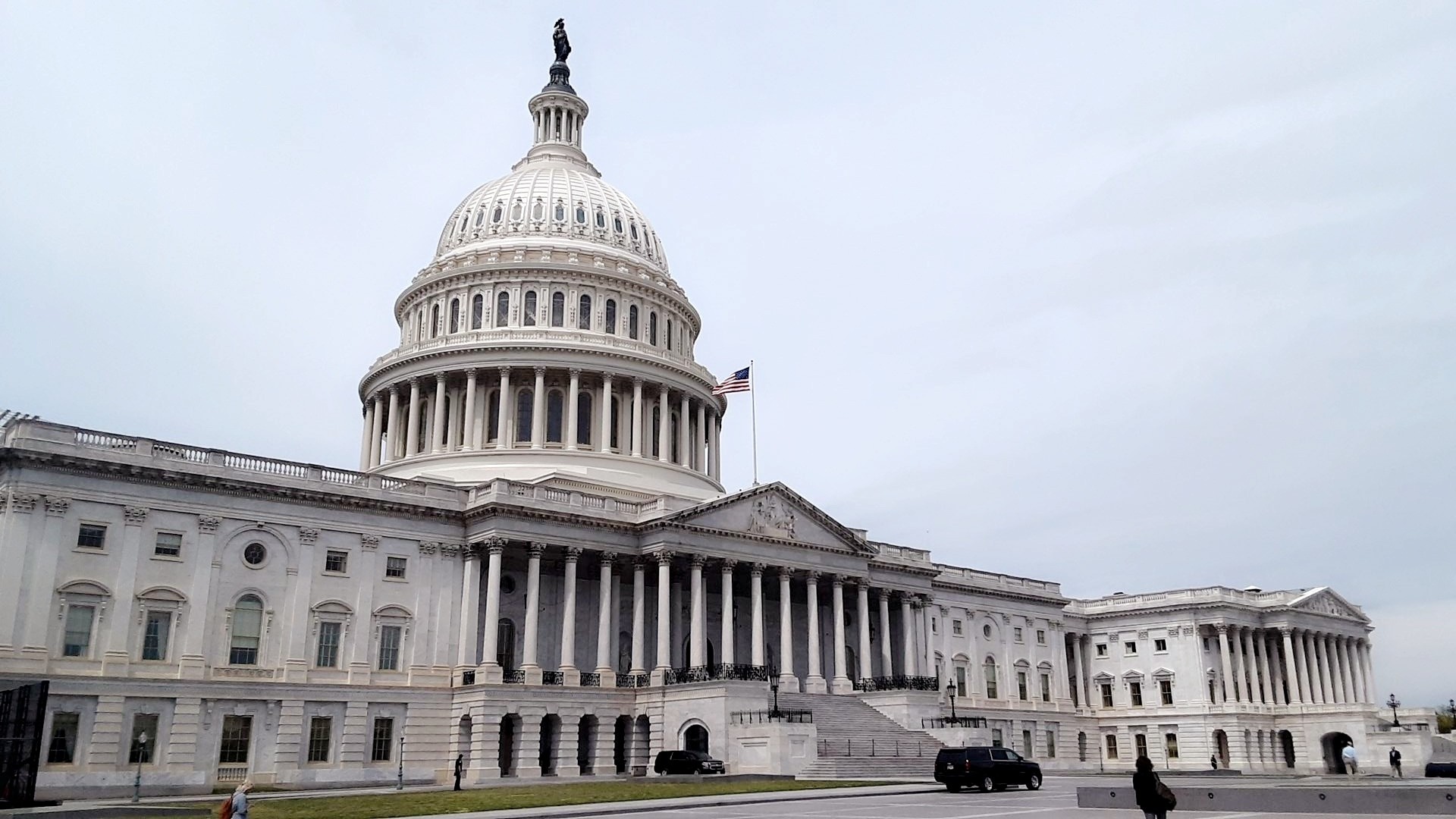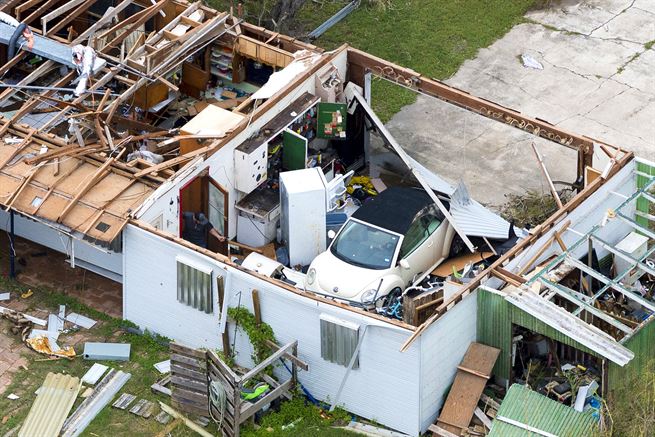 Last December, the Council on Environmental Quality (CEQ) issued revised draft guidance on the consideration of greenhouse gas (GHG) emissions and the effects of climate change in National Environmental Policy Act (NEPA) reviews. As noted in a previous blog post, the proposed guidance directs federal agencies to consider: (1) the potential effects of a proposed action on climate change as indicated by its GHG emissions, and (2) the implications of climate change for the environmental effects of a proposed action.
Last December, the Council on Environmental Quality (CEQ) issued revised draft guidance on the consideration of greenhouse gas (GHG) emissions and the effects of climate change in National Environmental Policy Act (NEPA) reviews. As noted in a previous blog post, the proposed guidance directs federal agencies to consider: (1) the potential effects of a proposed action on climate change as indicated by its GHG emissions, and (2) the implications of climate change for the environmental effects of a proposed action.
The Sabin Center recently submitted comments in support of the proposed guidance. In our comments, we describe how the proposed guidance comports with both NEPA and national climate policy. We also explain why the proposed guidance is necessary to promote consistency in NEPA disclosures and ensure that federal agencies are accountable for the full range of environmental consequences associated with their decision-making. Finally, we offer two recommendations on how CEQ could modify the final guidance to further clarify agency obligations under NEPA.
We are pleased to note that the proposed guidance comports with several of the Sabin Center’s recommendations for improving NEPA disclosures on climate change. In particular, the guidance:
- Advances consistency in NEPA disclosures by instructing agencies on how and when they should address climate-related considerations. The Sabin Center conducted a survey of 227 federal EISs prepared between January 2009 and December 2011, which revealed “disparate treatment of climate change impacts in federal EISs, with significant variation correlating with state, agency and project type.” We are conducting a follow-up assessment of EISs prepared between 2012 and 2014, and our preliminary findings suggest that agency treatment of climate change remains quite varied in the absence of binding guidance on this topic.
- Instructs agencies to consider the impacts of climate change when assessing the current and expected future state of the affected environment and when analyzing the impacts of the proposed action. The Sabin Center has submitted letters to federal agencies requesting that they conduct this analysis (sometimes referred to as “reverse environmental impact analysis”) during the NEPA review of federal infrastructure projects. We were pleased to report that the Federal Energy Regulatory Commission appears to have acted on these recommendations. Our director and affiliates have also written several articles on this topic, which are available for download at our publications page.
- Instructs agencies to assess upstream and downstream emissions from activities that have a “reasonably close causal relationship” to the federal action. In our 2009-2011 survey, we found that agencies often failed to assess upstream and downstream emissions, despite a regulatory requirement that agencies consider impacts from “connected actions”, including any actions that: (i) automatically trigger other actions which may require environmental impact statements, (ii) cannot or will not proceed unless other actions are taken previously or simultaneously, or (ii) are interdependent parts of a larger action and depend on the larger action for their jurisdiction. 40 C.F.R. § 1508.25(a)(1). In 2013, we published a white paper on NEPA and Downstream GHG Emissions of U.S. Coal Exports, which explained why downstream events, such as the combustion of exported coal, fall within the scope of NEPA review.
Associate Director Jessica Wentz also recently wrote an article discussing the evolution of CEQ’s proposed guidance and summarizing the key elements of the latest proposal. The article will be featured in the April 2015 issue of Environmental Law in New York.
———



